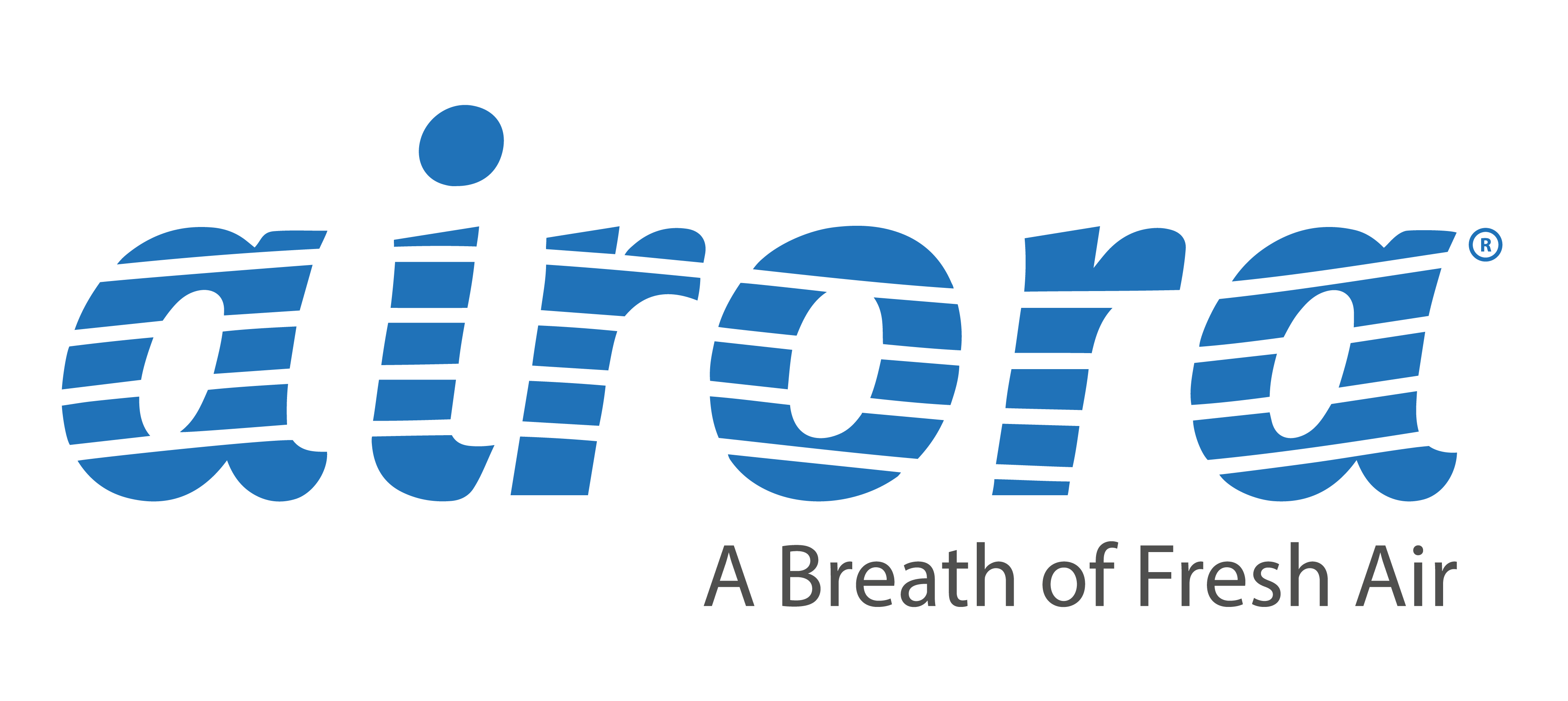Why traditional air purifiers / filters are so noisy
For fans, fast & powerful = noisy
To have any chance of materially reducing the concentration of airborne particles (such as allergens and germs) throughout a room, a traditional air purifier / filter has a big job to do.
It must have a sufficiently fast and powerful fan to draw air into itself, from throughout the room, not just nearby, and force that air through the filter and out again.
And, given that the air in a room is constantly changing, typically being replaced with air from elsewhere once or twice every hour, it must run constantly at maximum output to keep pollution levels lower than they would otherwise be.
Matching a traditional air cleaner to your room size
When choosing a traditional air filter, the Clean Air Delivery Rate (CADR) indicates how many cubic meters of clean air an air purifier can output per hour. The larger the room, the higher the CADR value needs to be.
But the higher the CADR, the higher the ambient noise (dB).
This is because traditional air purifiers need to use higher-speed fans and denser filters to achieve efficient purification, which increases the resistance and friction of air as it passes through the filter, resulting in greater noise.
According to EU standards, there is a relationship between the CADR value of air purifiers and environmental noise:
|
Approximate room size |
CADR value (m³/h) |
Typical Air Cleaner Noise (dB) |
|
|
12’x12’ |
4m x 4m |
100 |
40 |
|
12’x12’ to 17’x17’ |
4mx4m to 5.5mx5.5m |
100-200 |
45 |
|
17’x17’ to 21’x21’ |
5.5mx5.5m to 6.7mx6.7m |
200-300 |
50 |
|
21’x21’ to 25’x25’ |
6.7mx6.7m to 7.7mx7.7m |
300-400 |
55 |
|
25’x25’ to 27’x27’ |
7.7mx7.7m to 8.7mx8.7m |
400-500 |
60 |
|
> 27’x27’ |
>8.7mx8.7m |
>500 |
65 |
But even if an air filter with an appropriate CADR is used, the reduction in airborne particulates such as germs and allergens is typically no better than 50% after 1 – 3 hours!
What maximum noise limits are advised?
Decibels are measured on a logarithmic, not a linear, scale. That is 40dB is twice as loud as 30db and 50dB is twice as loud as 40dB and four times as loud as 30dB.
In the UK, the allowable background noise levels in a residential setting are set out in BS 8233 as:
Living room: 30dB ~ 40dB and Bedroom : 30dB ~ 35dB
These values align with WHO’s Environmental Noise Guidelines (2018).
There are also health considerations, for example pregnant women in a noisy environment of more than 50 decibels for a long time will experience endocrine gland dysfunction, mental stress and endocrine system disorders. These can seriously increase blood pressure, foetal hypoxia and ischemia, lead to foetal malformation and even abortion.
But don’t most traditional air purifiers have a ‘quiet’ mode?
Yes, they do, because they are noisy!
But quiet mode reduces their effectiveness, so a reduction from 50dB to, say, 30dB means they reduce in performance by circa 75% and so their ability to remove germs and pollens from the air reduces by 75%, from a typical 50% down to just 12%!
Airora is not a filter, it is a Hydroxyl Diffuser which destroys 99.9999% of airborne germs in minutes
Airora is whisper quiet, less than 30dB, sleep well!
You can find out all about Airora at airora.com
And contact us at support@airora.com
Copyright Airora 2023 V 1.1
